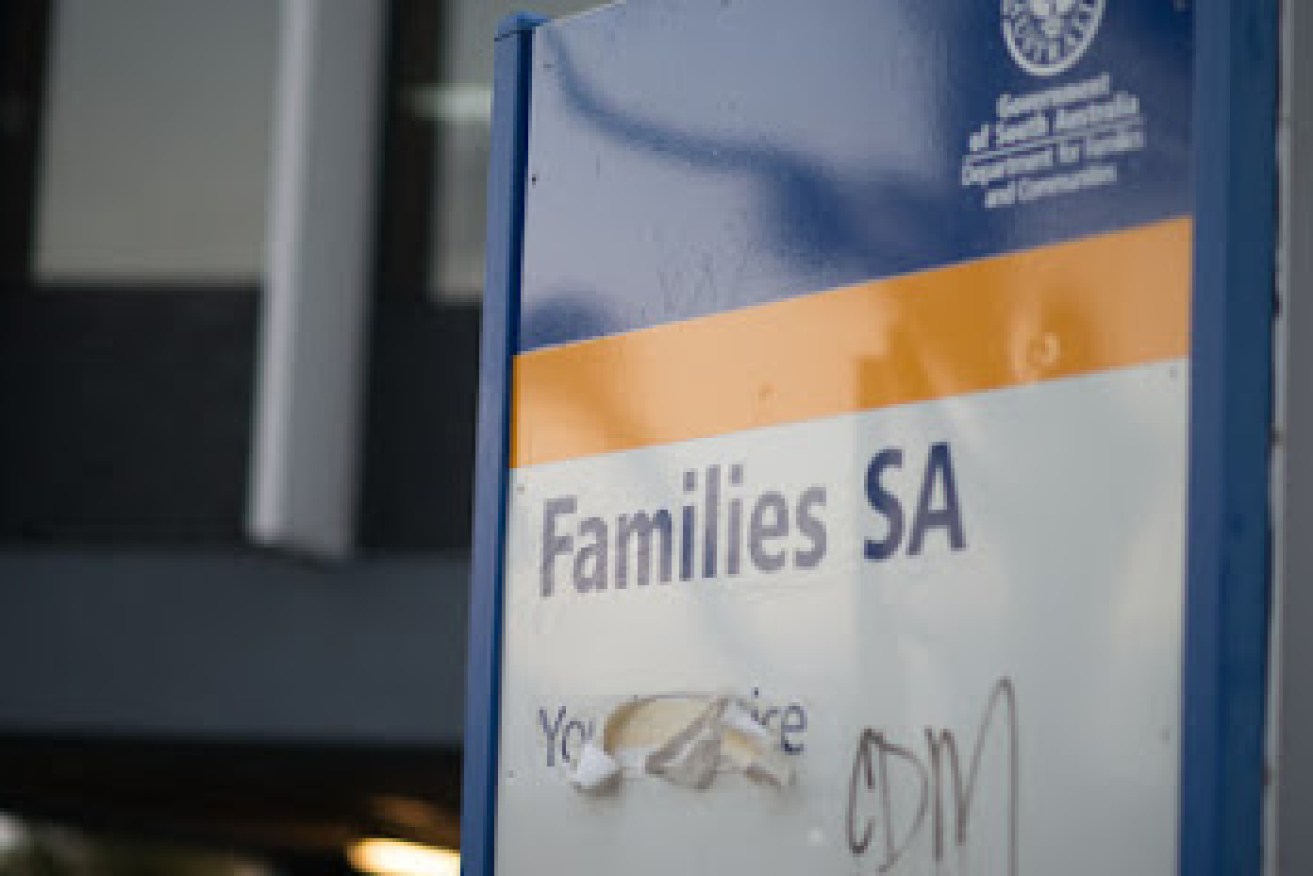SA spending more on inferior residential care: Guardian for Children
South Australia’s leading advocate for children in state care says the Department for Child Protection “disproportionately relies” on residential care for the state’s most vulnerable children.

The State Government's spending on child protection increased hugely in the wake of the Nyland Royal Commission.
Guardian for Children and Young People Penny Wright told InDaily she was concerned the State Government spent the majority of its out-of-home care child protection funding on costly and less suitable residential care.
Wright’s comments follow an analysis conducted by the Guardian for Children and Young People into the Productivity Commission’s 2016-17 Report on Government Services (ROGS), which shows South Australia last year spent 65 per cent of its out-of-home care funding on residential care.
South Australia’s overall out-of-home (residential, foster and kinship) care expenditure equated to $1092 per child, which is 91 per cent more than the national average.
“What’s most concerning is South Australia’s disproportionate reliance on residential care rather than spending more on home-based care,” Wright said.
“As well as that, we have more children in emergency care, which is really a quick fix for children coming into the [child protection] system.”
The Guardian for Children and Young People’s analysis shows the cost gap per child between residential care (including emergency care) and non-residential out-of-home care placements has widened.
Per child expenditure on residential care in 2016-17 was on average $670,142 compared to $48,005 in home-based care.
The analysis also shows the proportion of children and young people in residential care continued to grow in South Australia, particularly for Aboriginal children.
While 33 per cent of children in out-of-home care placements in June 2017 were Aboriginal, they comprised 38 per cent of those in residential care.
“Home-based care is far more beneficial for children,” Wright said.
“There is a lot of evidence to show where foster care and kinship care develops those loving relationships between child and carer and that sense of family, in residential care there’s a roster of carers and it can be more difficult to build closer connections.
“[Residential care] is much more costly and less suiting to the needs of children [and] the solution is to optimise foster care and kinship care by ensuring the relationship between the carers and department is strong.”
Wright pointed to increases in family support services as a “heartening positive” from the report.
“From 2015-16 [family support service] spending was 36.8 per cent of the national average, so less than half the national average.
“Within a year that increased so now South Australia’s spending is marginally higher than the national average.”
South Australia’s total per child protection services expenditure increased significantly from $794 in 2013-14 to $1396 in 2016-17, reflecting the government’s response to the state coroner’s condemnation of the “systematic failings” of former child protection government agency Families SA (now Department for Child Protection).
The 2017-18 operating expenditure budget for DCP is $482 million, an increase of $152 million when compared with the 2016-17 budget.
The DCP’s annual report justifies the funding increase as “a result of machinery of government changes” and additional funding relating to the implementation of recommendations in The Life They Deserve report, produced from the 2014 Royal Commission into the state’s child protection systems.
The 2017-18 budget included $6.3 million towards the construction of four new residential care facilities in the northern metropolitan area, which are due for completion this year.
“The increase in funding reflects the understanding that the child protection system was in crisis,” Wright said.
“It reflects the understanding that children in care are the most vulnerable people in our state.
“The fact that the government was willing to respond was a real positive.”
Department for Child Protection chief executive Cathy Taylor said in a statement approximately 83 per cent of children and young people in out-of-home care in South Australia resided in foster and kinship care in 2016-17, while 17 per cent resided in non-family based (residential) care.
“This is a higher proportion of children and young people in non-family based care compared to a national average of 6.8 per cent,” Taylor said.
“The Department for Child and Protection has continued to increase the number and proportion of children being placed in family based care with approximately 85% of children and young people now supported in foster and kinship care.
“The Department is working to increase the number and range of family based care placements to better reflect the national average of more than 93% of all children and young people in out of home care being placed in foster and kinship care.”
Taylor said the department was “on track” to implementing the recommendations of The Life They Deserve report.
“A report on current status will be released by 30 June 2018,” she said.
The Guardian for Children and Young People’s report ‘South Australian child protection expenditure from the Report on Government Services 2018’ can be read here.




